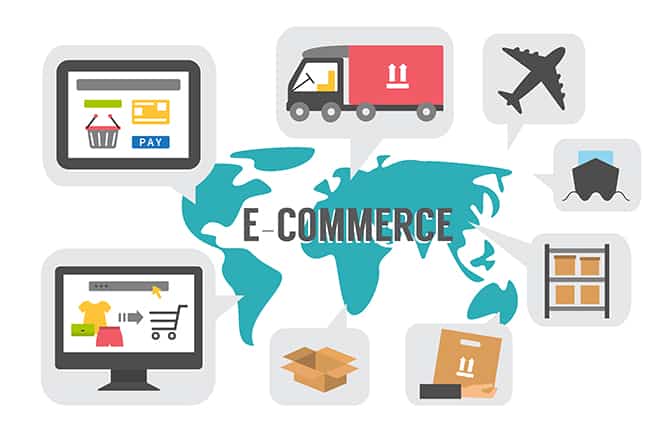
The shipping and delivery industry has undergone a revolution thanks to the rise of digital platforms. These tools are transforming how businesses operate, streamlining processes, and improving customer experiences. Here’s a deep dive into how digital platforms are reshaping the logistics landscape.
Enhancing Efficiency with Advanced Tracking
One of the most significant contributions of digital platforms is the enhancement of tracking systems. Modern shipping solutions provide real-time updates on package locations, estimated delivery times, and potential delays. Advanced algorithms analyze shipping routes and optimize delivery schedules, saving time and fuel costs.
Consumers can track their parcels at every stage, improving transparency and trust. For businesses, this means fewer inquiries and higher customer satisfaction. Platforms like FedEx, UPS, and DHL have set benchmarks by integrating these systems into user-friendly apps.
Automation: The Key to Faster Deliveries

Automation is at the core of digital transformation in logistics. Automated warehouses, drone deliveries, and robotic systems are reducing human errors and increasing speed. Digital platforms integrate these technologies to ensure seamless operations.
For instance, Amazon’s Prime Air initiative leverages drones to deliver packages in under 30 minutes. Coupled with AI-powered software, digital platforms enable real-time coordination between automated systems and human teams. This blend of technology is pushing the boundaries of what’s possible in last-mile delivery.
Big Data and Predictive Analytics
Shipping and delivery companies are now harnessing big data and predictive analytics to refine their services. These tools analyze vast amounts of information, from weather patterns to customer preferences, to anticipate potential disruptions and craft effective solutions.
For example, UPS uses its ORION platform to predict traffic conditions and optimize delivery routes, saving millions annually. Predictive analytics also help businesses understand demand surges, such as during holiday seasons, allowing them to prepare resources in advance.
Sustainability through Digital Innovation
Sustainability has become a priority for the logistics industry, and digital platforms are at the forefront of driving eco-friendly initiatives. By optimizing routes and consolidating shipments, digital solutions reduce carbon emissions.
Some companies have introduced GoGreen programs, leveraging data-driven tools to minimize environmental impact. Electric vehicles and alternative fuels are also integrated into delivery fleets, guided by digital platforms that ensure maximum efficiency.
The Role of E-Commerce and Marketplace Integration
The rapid growth of e-commerce has further propelled digital innovation in shipping and delivery. Platforms like Shopify and WooCommerce offer integrated logistics solutions, enabling businesses to manage orders, track shipments, and process returns seamlessly. Additionally, services like Shiply.com connect individuals and businesses with trusted courier companies, offering a platform to compare shipping prices and choose the most efficient delivery options.
Third-party delivery services like Uber Eats and DoorDash are also expanding beyond food to include parcel deliveries. Their digital-first approach makes it easier for businesses to reach customers with minimal infrastructure.
The Impact of AI and Machine Learning
Artificial intelligence (AI) and machine learning (ML) are increasingly being integrated into shipping and delivery systems to further optimize operations. These technologies can predict demand, automate warehouse management, and enhance route planning by learning from historical data.
For example, AI-powered algorithms can suggest the most efficient delivery windows based on a variety of factors, including traffic, weather conditions, and customer availability. This leads to faster deliveries and reduced operational costs. Companies like UPS and Amazon use machine learning to improve everything from inventory management to fleet maintenance, reducing downtime and increasing delivery speed.
Conclusion
Digital platforms are undeniably shaping the future of shipping and delivery. By enhancing efficiency, promoting sustainability, and integrating advanced technologies, these tools are setting new standards for the logistics industry. As consumer expectations continue to evolve, businesses that adopt these innovations will stay ahead in the race for faster, smarter, and greener delivery solutions.

Be the first to comment